Hoi
Chang
https://www.instagram.com/hojagi
.jpeg?nf_resize=fit&w=900)
Nuggang 8
2019
17 in × 18 in × 17.5 in
ceramic, glaze
.jpeg?nf_resize=fit&w=900)
bubble (Nuggang) 27
2019
17 in × 18 in × 17.5 in
ceramics, glaze
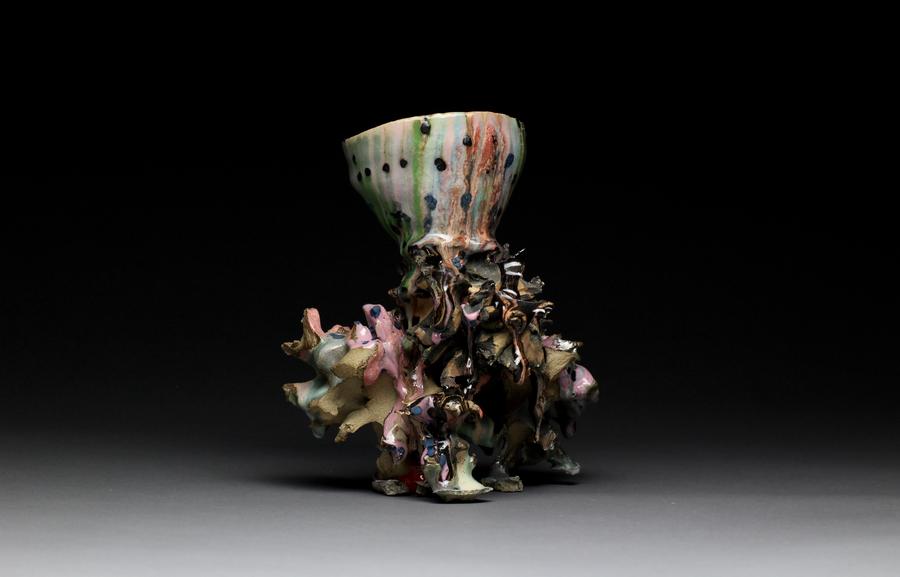
Poorfection
2019
6 in × 6 in × 7 in
ceramics
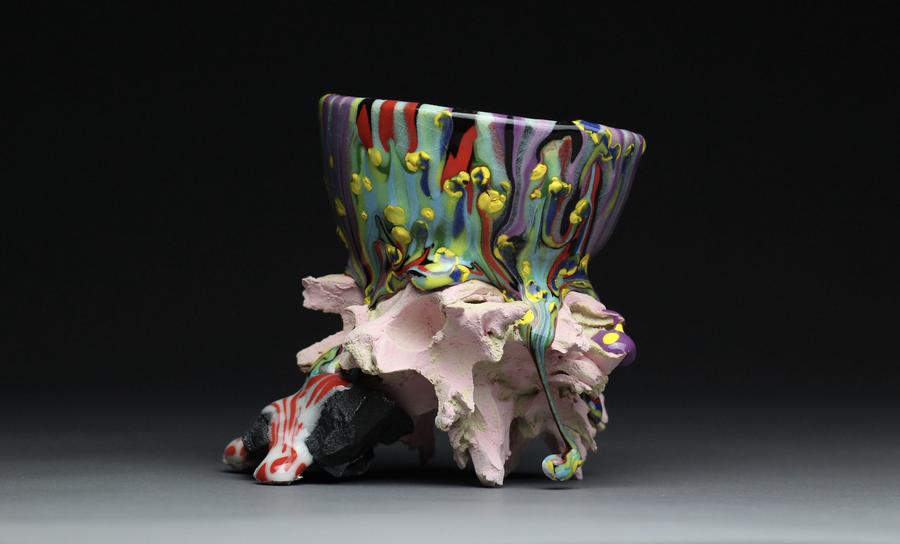
NC RN
2019
5 in × 5 in × 5 in
ceramics
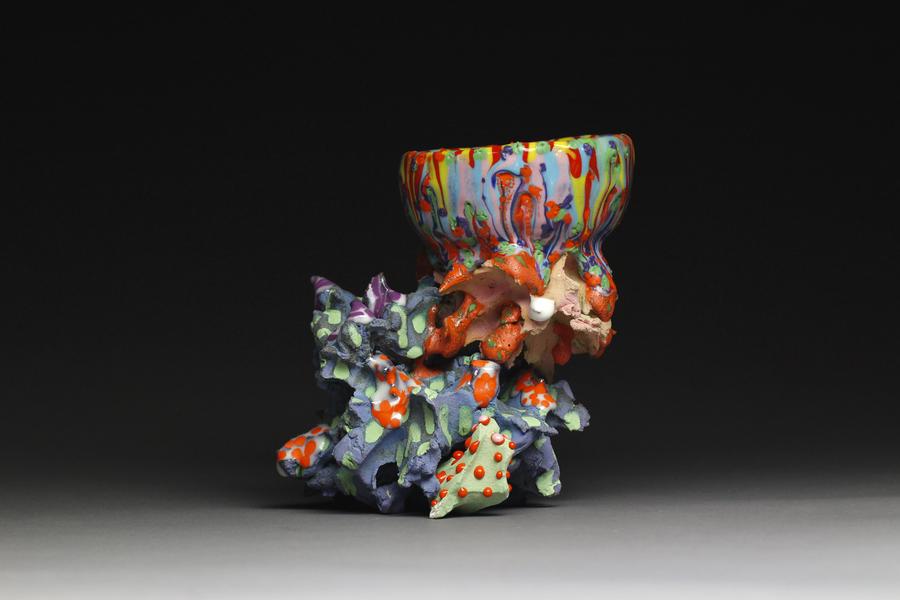
Old girl
2019
6 in × 6 in × 7 in
ceramics
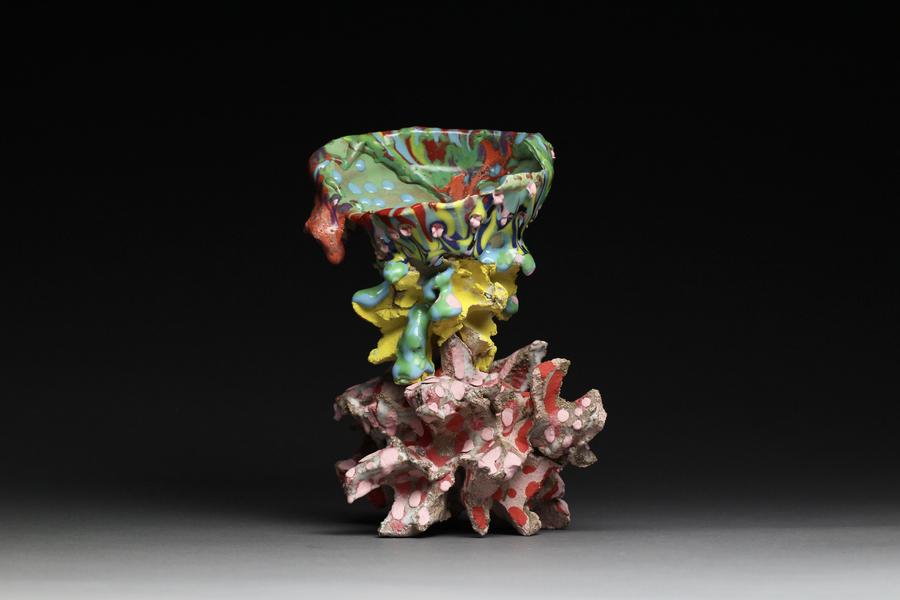
Infested vein
2019
6 in × 7 in × 6 in
ceramic, glaze
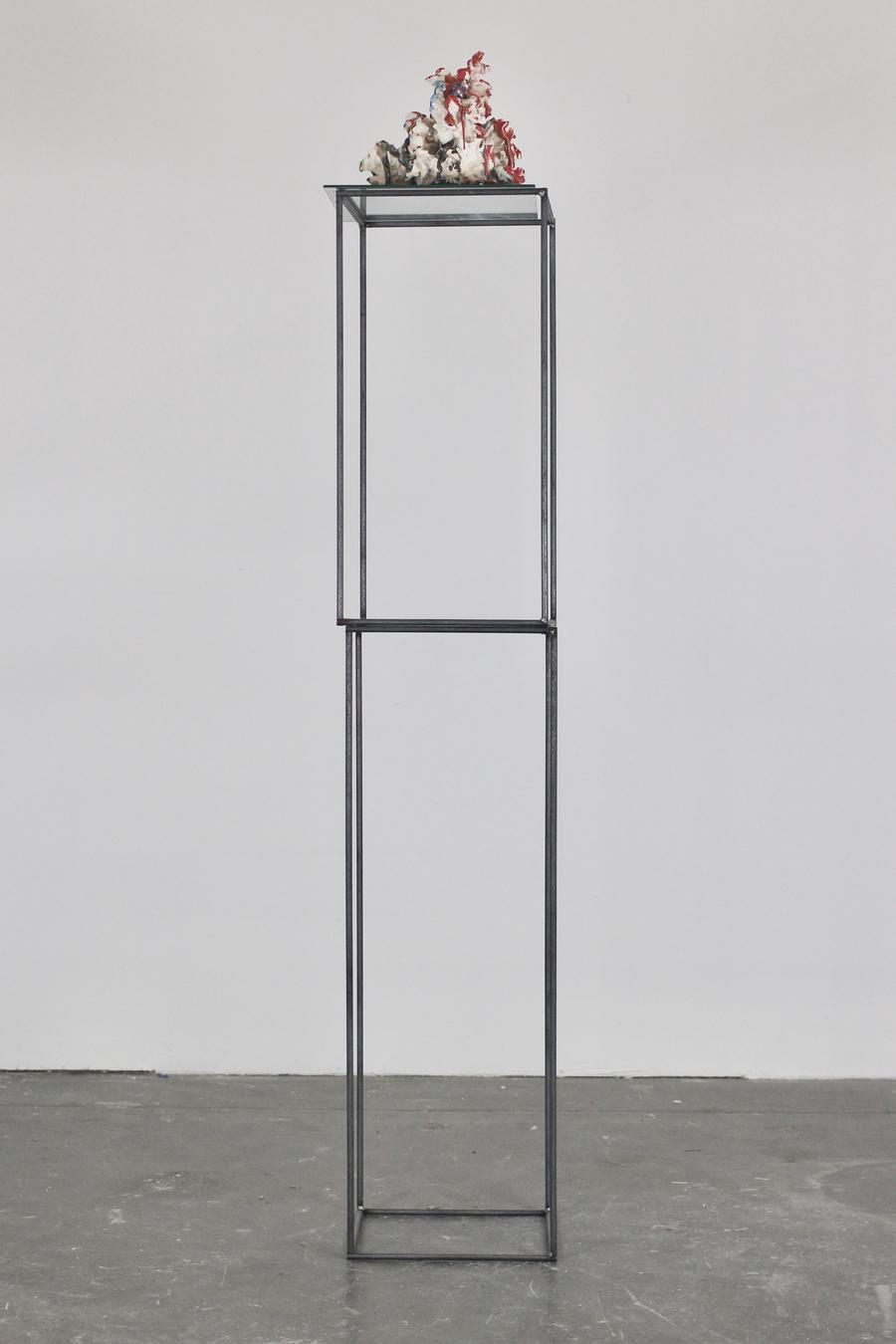
Be Steel
2019
17 in × 56 in × 17 in
ceramics, glaze, metal, mirror
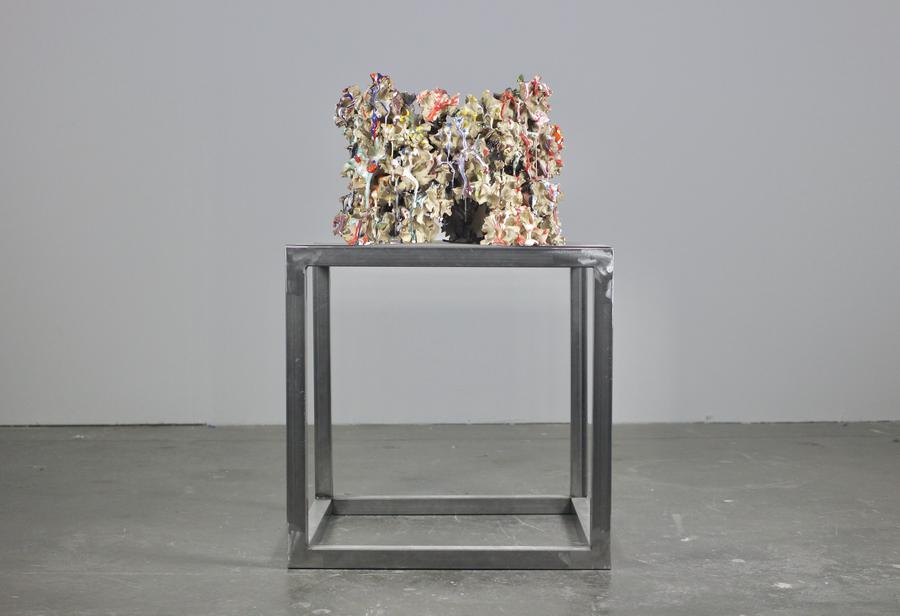
torso
2019
36 in × 36 in × 52 in
ceramics, glaze, metal
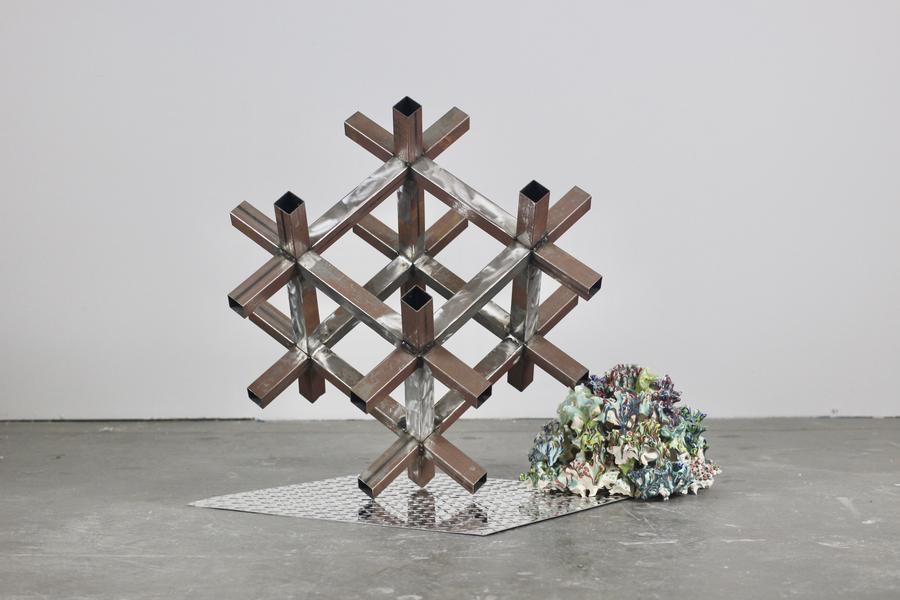
Judgenmemt and Psycho
2019
36 in × 36 in × 52 in
ceramics, glaze, metal
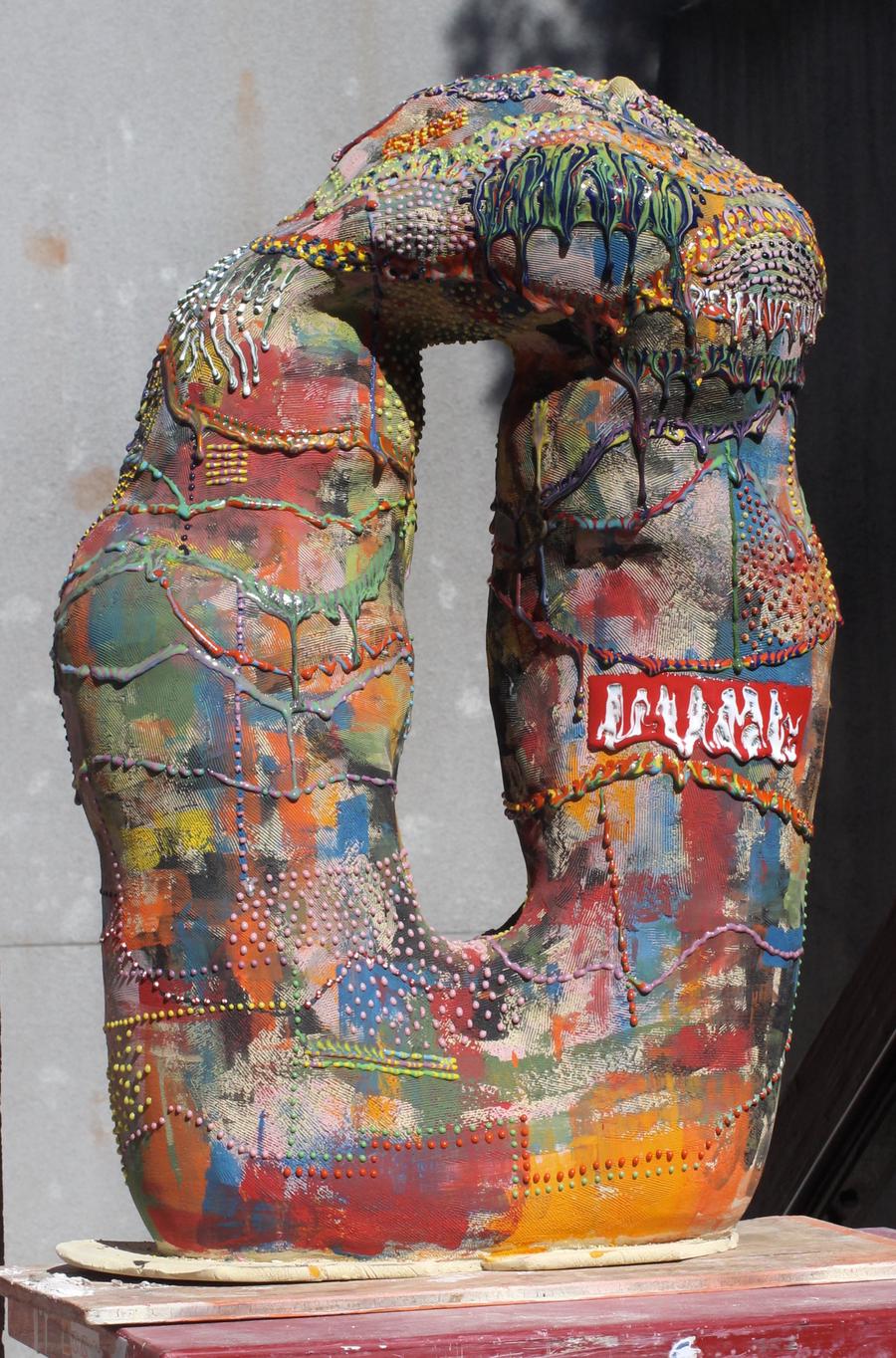
The world is false
2019
34 in × 43 in × 24 in
ceramics, glaze
“In my work, I utilize ceramics in juxtaposition to a variety of other materials such as hand-welded metal, paper mache, and glass block. I intend for these material dialogues, which are enlivened through color, texture, angularity, and roundness, to serve as unique emotional scenes.
My work Nuggang was based on a Korean word I invented to represent a sigh or an exhale; an unspoken mode of self-expression which arises out of frustration, turmoil or failure. I think of Nuggang as the internal imagery of my inner dialogue which can be expressed through clay.
The recklessness and spontaneity through which I meet the clay, is embraced and transformed as it offers me grounding, relaxation, and peace of mind. This is due to the materiality of the clay, which unbiasedly absorbs my input and experiences. In this way, one can think of the clay as receiving the Nuggang of the sculptor, who realizes it through the clay’s evolving form. Much like the calm before the storm, the clay becomes the embodiment of that quiet moment, which through form, therapeutically anticipates my inner torment.
The vibrant glazes, which ooze over the ceramic forms, then become gestures of mourning, which both conceal and emphasize the ceramic forms beneath. These contrasts of color, texture, and form reveal the foundations of our human experiences, where joy, aggression, love, loneliness, and trauma meet in intimate interactive relationships.”
Hoi Chang is a sculptor born in South Korea. She earned her BFA in Ceramics from Indiana University Bloomington in 2018 and her MFA in fine art from California College of Arts in 2020. Through her research of psychoanalytic theory, Chang builds scenes of her internal imagery through the visual language of gestural expressionism and formal abstraction. Her control of a diverse range of materials such as clay, metal, paper, wood, and found objects, combined with glazing techniques applied to raw clay bodies juxtaposing texture and color allow her to build scenes of her inner dialogue new to herself and others. She named her sculpture as a Korean word she invented called “Nuggang” which represents a sigh or an exhale; an unspoken mode of self-expression that arises out of frustration or failure.